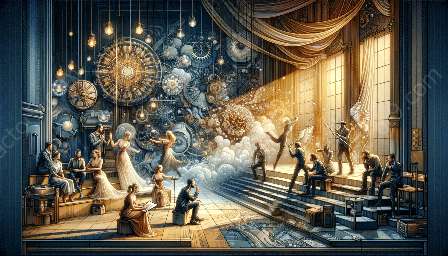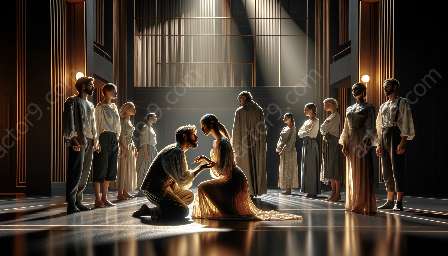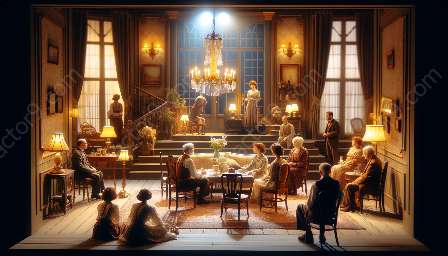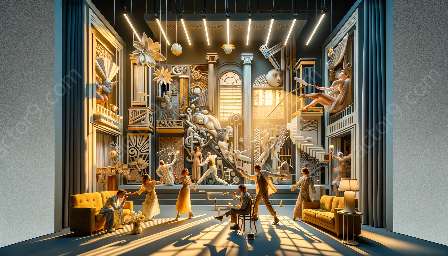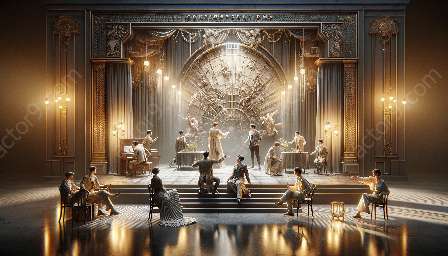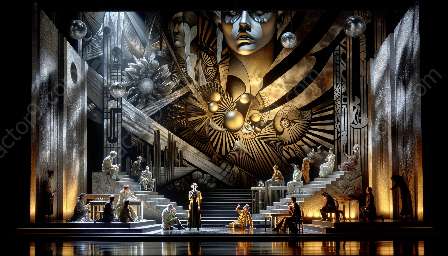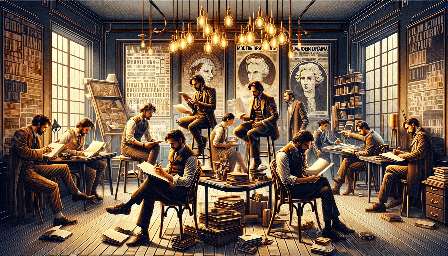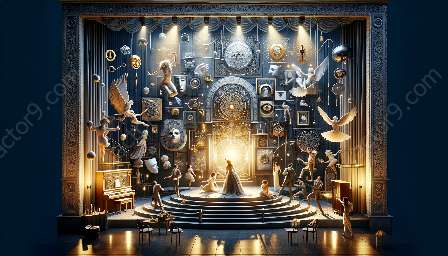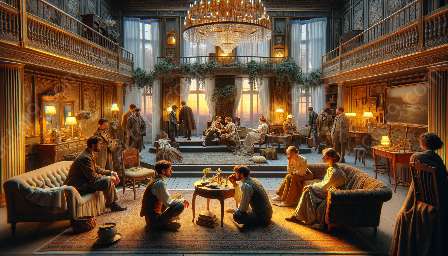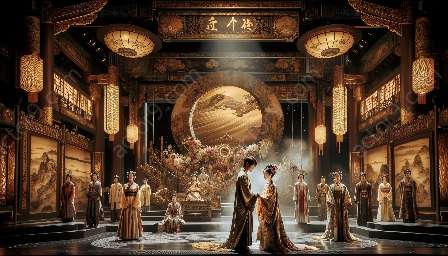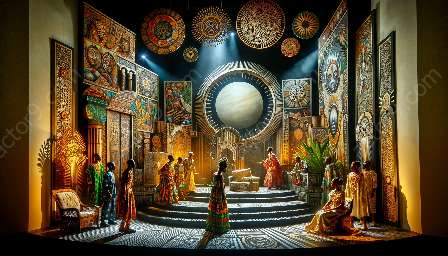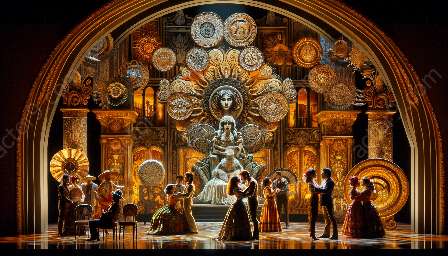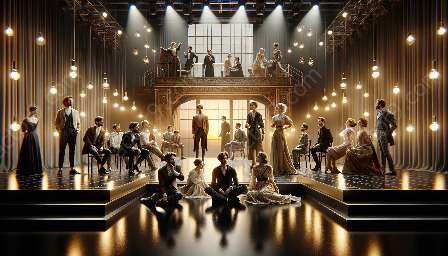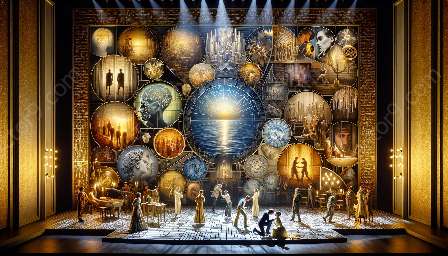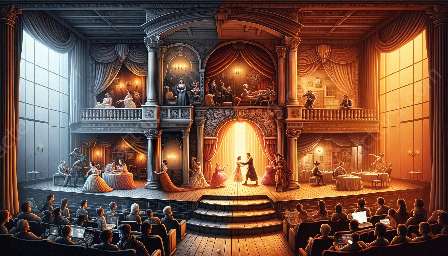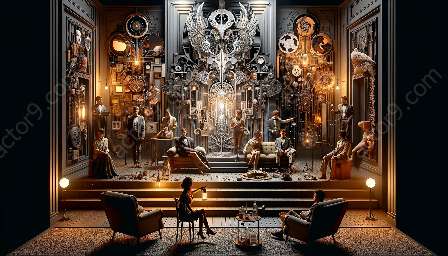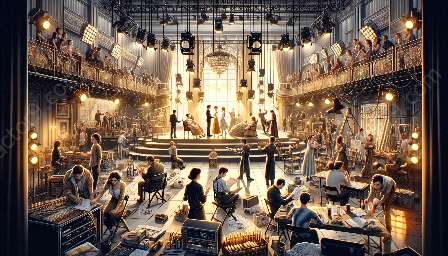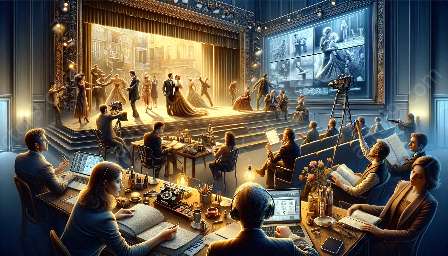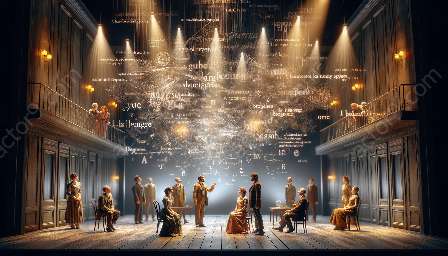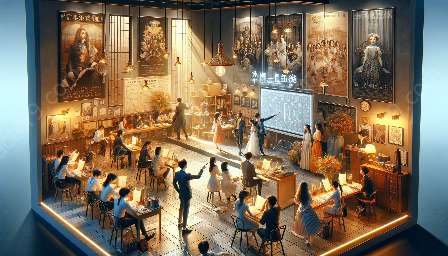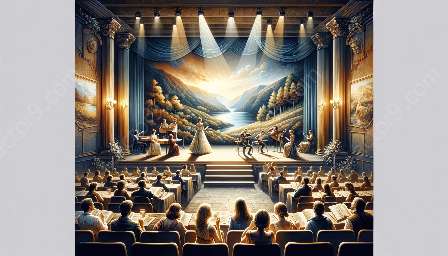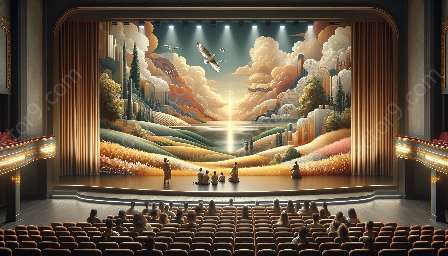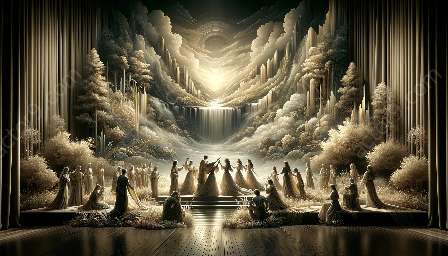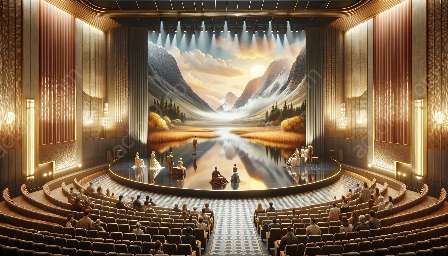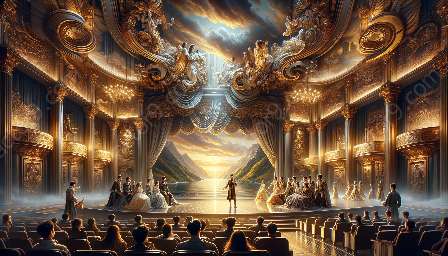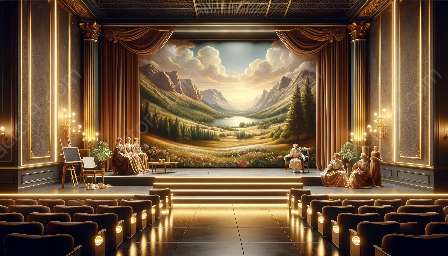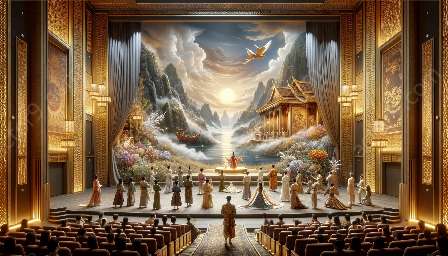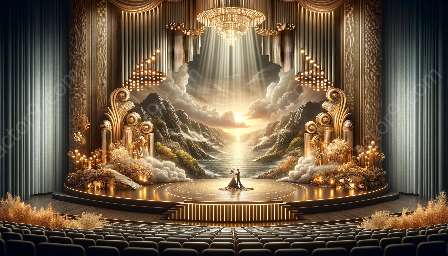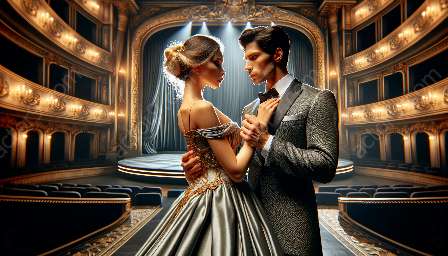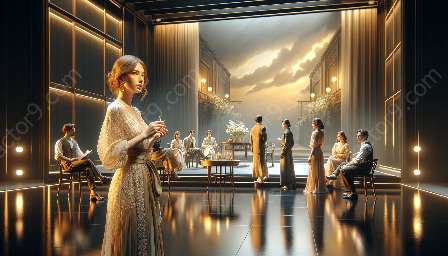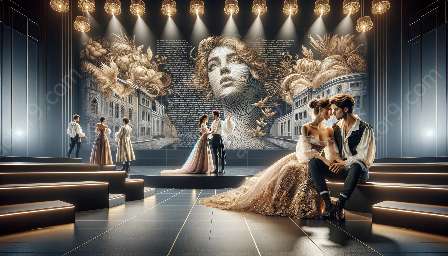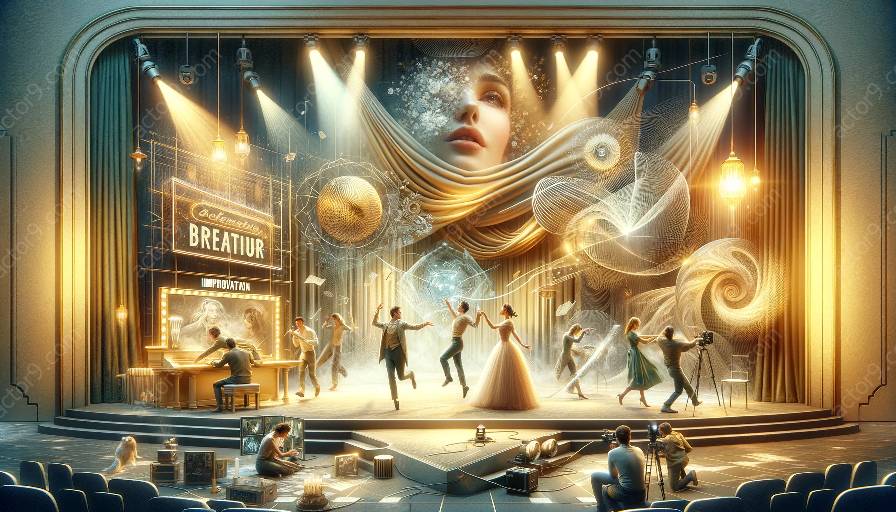Modern dramatic techniques have revolutionized the way stories are told on stage, offering a dynamic and engaging experience for audiences. These key principles encompass a range of innovative methods that have redefined modern drama and continue to shape the contemporary theatrical landscape.
1. Realism and Authenticity
One of the key principles of modern dramatic techniques is the pursuit of realism and authenticity. Modern drama seeks to portray genuine emotions, experiences, and human behavior in a way that resonates with audiences on a deep, personal level. Actors and playwrights strive to create characters that feel genuine and relatable, often drawing inspiration from real-life situations and interpersonal dynamics. This commitment to authenticity enhances the emotional impact of the storytelling, creating a powerful connection between performers and viewers.
2. Non-linear Narrative Structures
Modern drama frequently employs non-linear narrative structures to challenge traditional storytelling conventions. By subverting chronological order and utilizing flashbacks, flash-forwards, and fragmented narratives, modern dramatic techniques invite audiences to actively engage with the unfolding story. This approach can create a sense of intrigue and suspense, prompting viewers to piece together the fragments of the narrative and explore the deeper thematic layers within the play.
3. Experimentation with Form and Genre
Another prominent principle of modern dramatic techniques is the willingness to experiment with form and genre. Playwrights and directors often push the boundaries of traditional theatrical structures, incorporating elements of absurdism, surrealism, or meta-theatricality to challenge audiences' expectations. By embracing unconventional approaches to form and genre, modern drama cultivates a spirit of innovation and invites audiences to experience storytelling in new and thought-provoking ways.
4. Integration of Multimedia and Technology
In an era defined by technological advancements, modern dramatic techniques frequently integrate multimedia and digital technologies into the theatrical experience. From immersive projections and interactive visuals to soundscapes and virtual environments, modern drama harnesses the power of multimedia to enhance the sensory richness of performances. This fusion of traditional stagecraft with cutting-edge technology offers audiences an immersive and visually captivating journey, redefining the boundaries of theatrical storytelling.
5. Emphasis on Social and Political Commentary
Modern dramatic techniques often prioritize the exploration of contemporary social and political issues, serving as a platform for critical reflection and dialogue. Through poignant narratives and thought-provoking dialogues, modern drama confronts pressing societal concerns, igniting conversations about justice, inequality, identity, and the human condition. By addressing relevant socio-political themes, modern dramatic techniques demonstrate the enduring relevance of theater as a catalyst for social awareness and change.
6. Collaborative and Devised Theater
The collaborative nature of modern dramatic techniques emphasizes the importance of collective creativity and ensemble-based approaches to theater-making. Collaborative and devised theater practices involve a dynamic interaction between actors, directors, playwrights, and designers, fostering a shared process of exploration and experimentation. By encouraging diverse perspectives and contributions, modern drama celebrates the collective artistry of the theatrical community and embraces the richness of collaborative storytelling.
These key principles of modern dramatic techniques underscore the evolving nature of contemporary theater, offering a bold and dynamic canvas for artists to explore and innovate. By embracing realism, non-linear narratives, experimental forms, multimedia integration, social commentary, and collaborative creativity, modern drama continues to captivate and provoke audiences, reaffirming its vital role in shaping the cultural landscape of the modern world.


